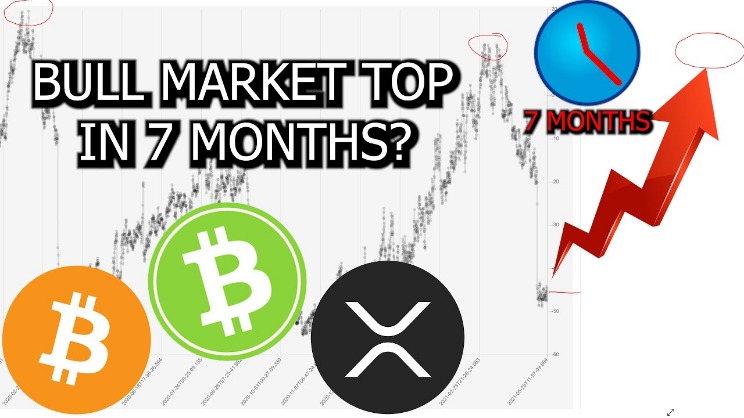Why Biosafety and Infection Control Stocks Are a Compelling Long-Term Play
The global focus on pandemic preparedness and healthcare-associated infection (HAI) prevention has fundamentally reshaped the investment landscape. The biosafety and infection control sector, once a niche corner of the healthcare market, has exploded into a multi-billion-dollar industry with relentless growth potential. This isn’t merely a reactive trend to recent global health crises; it’s a structural shift driven by heightened regulatory standards, increased public awareness, and continuous innovation in medical technology. Governments and private healthcare providers worldwide are making significant, sustained capital investments to fortify their defenses against biological threats, creating a powerful tailwind for companies operating in this space. From advanced air purification systems and antimicrobial surfaces to next-generation personal protective equipment (PPE) and automated disinfection robotics, the entire ecosystem is poised for expansion.
For investors, this represents a unique convergence of ethical investing and robust financial opportunity. The core business of these companies—saving lives and preventing the spread of disease—is perennially relevant. The ongoing need to combat drug-resistant pathogens and prepare for future zoonotic threats provides a durable revenue base that is less susceptible to economic cycles than many other sectors. When analyzing potential investments, key metrics extend beyond standard financial ratios. Investors should scrutinize a company’s intellectual property portfolio, its partnerships with government agencies like the Biomedical Advanced Research and Development Authority (BARDA), and its capacity to scale production to meet global demand. A thorough analysis on platforms like Google Finance biosafety and infection control stocks can reveal these critical operational details.
The landscape is diverse, encompassing large-cap, established medical device giants and agile, speculative biotech firms. The real opportunity lies in identifying which sub-sectors—be it diagnostics, sterilization, or facility management—are best positioned to capitalize on the next wave of funding and innovation. This makes it essential to conduct deep, fundamental research before allocating capital, focusing on companies with a demonstrable technological edge and a clear path to profitability. For those seeking a curated list of promising companies, many analysts point to a specific New biosafety and infection control stock to buy that is gaining traction for its innovative approach to surface decontamination, a topic explored in depth at GoodSaltLife.com.
Navigating High-Risk, High-Reward: The World of Penny Stocks
The allure of Hot biosafety and infection control penny stocks is undeniable for traders seeking exponential returns. These low-priced equities, often trading for less than five dollars per share, can experience dramatic price swings based on news of a successful clinical trial, a new product launch, or a significant government contract. The potential for a small investment to multiply rapidly is the siren call that attracts day traders and speculative investors to this volatile corner of the market. Companies in this bracket are typically in earlier stages of development, focusing on breakthrough technologies like light-based pathogen eradication or novel antimicrobial coatings.
However, this high-reward potential comes with commensurate risk. The same factors that can cause a stock to soar can also lead to catastrophic losses. Many of these firms have unproven business models, minimal revenue, and are years away from turning a profit. They are also highly susceptible to dilution, where the company issues more shares to raise capital, thereby reducing the value of existing shares. Liquidity can be another major issue; with low trading volumes, it can be difficult to enter or exit a position without significantly affecting the stock’s price. This makes them particularly challenging for the inexperienced investor.
Successful navigation of this space requires a disciplined strategy and a high tolerance for risk. It is crucial to differentiate between a genuinely low priced under valued biosafety and infection control stock with solid fundamentals and a failing company whose low share price is a reflection of its poor prospects. Key due diligence involves scrutinizing SEC filings for debt levels, understanding the burn rate (how quickly a company is spending its cash reserves), and verifying the scientific validity of its core technology. While the temptation to Buy biosafety and infection control penny stocks is strong, a prudent approach involves allocating only a small, speculative portion of one’s overall portfolio to these assets, ensuring that a loss in this segment does not derail long-term financial goals.
Tools and Strategies for the Active Trader
For the active trader, the dynamic nature of the biosafety sector presents numerous opportunities. Day trading biosafety and infection control Stock requires a different mindset and toolkit compared to long-term investing. The focus shifts from fundamental, multi-year prospects to technical analysis, short-term news catalysts, and market sentiment. Traders will closely monitor platforms like Yahoo Finance and Bloomberg for real-time data, news alerts, and analyst upgrades or downgrades. A positive earnings surprise from a major player like 3M or Steris can create a ripple effect, lifting smaller, related companies in the supply chain.
Effective day trading in this sector hinges on understanding the key catalysts that move stock prices. These include announcements from the FDA regarding new product clearances, updates on clinical trials for a new disinfectant, or news of a major procurement deal from a national government or large hospital network. Economic data, such as reports on healthcare spending, can also provide broader context for sector performance. Utilizing advanced charting tools available on financial platforms to identify support and resistance levels, along with volume spikes, is a standard practice for timing entries and exits.
Beyond pure day trading, a swing trading strategy—holding positions for several days or weeks to capture a larger price move—can be well-suited to this sector. This approach allows a trader to capitalize on the momentum generated by a significant news event without the intense pressure of intraday trading. Regardless of the chosen timeframe, risk management is paramount. This involves the strict use of stop-loss orders to limit potential losses on any single trade and a clear understanding of position sizing. Continuously monitoring sources like Bloomberg Finance biosafety and infection control stocks for macroeconomic trends affecting the entire healthcare sector is also essential for contextualizing individual stock movements.



